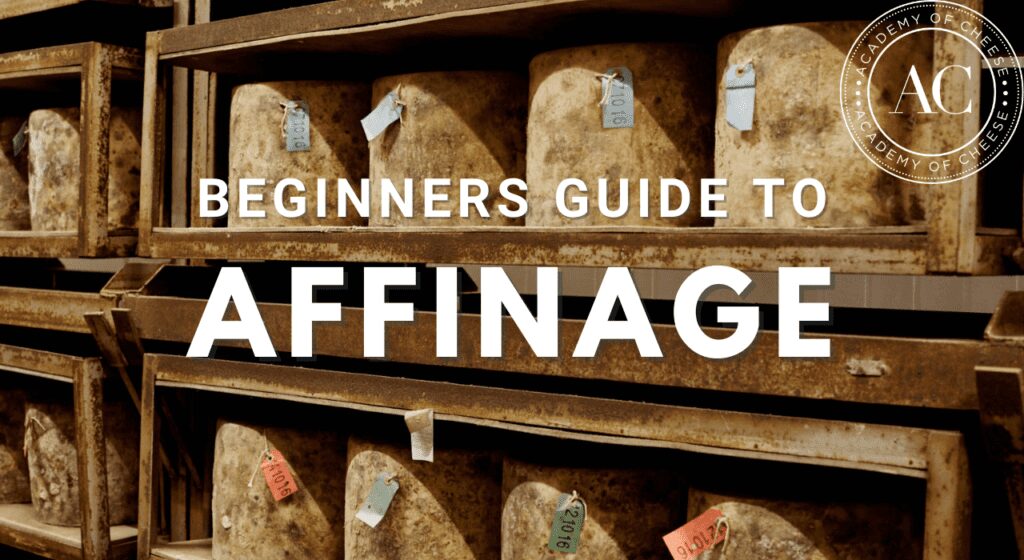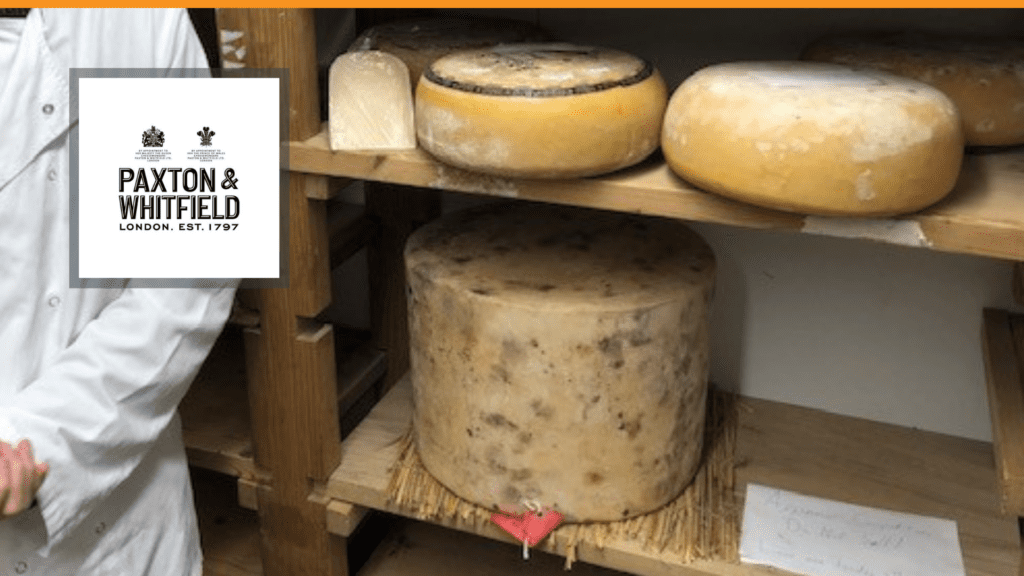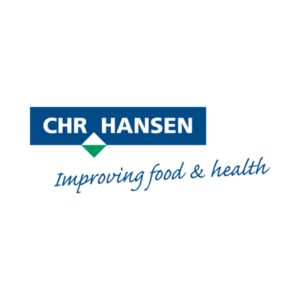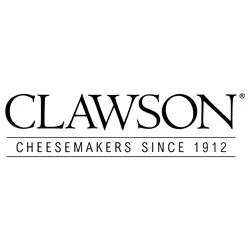About Rennet & Rind
Perry is ‘Head of Cheese’ at Rennet & Rind, responsible for maintaining the strong relationships with our British cheesemakers, regularly visiting them on the family farm to batch select our cheese. Perry also looks after our Rennet & Rind maturing room, using his expert knowledge to ensure every cheese that leaves us arrives to you at its very best.
Why did you enter the competition?
Solely to promote the art of affinage. I do not really see this as a competition but an opportunity to engage the wider community into why maturing cheese is so important. It’s all starts with fantastic well-made artisan cheese, they are all superb, but equally every batch is different and we’ll use our selective pressures in our maturing room to provide a bespoke style to suit customers needs. Affinage can provide that experience, the fine tuning of cheese to hit people different palates.
Also, as an experiment. I look forward to trying all the competitor’s cheese and seeing how they differentiate.

What is your relationship with affinage to date?
I worked and studied under Hervé Mons, Meilleur Ouvrier de France (Best Artisan Craftsman of France), in the 9 MonS maturing cellars located in the Auvergne Rhône-Alpes region learning the art of affinage, but the biggest learning experience is actually maturing artisan cheese. Tasting each of our cheeses each and every week without fail has allowed me to detect those micro differences. If a cheese is tasting better, I then review the data and if there’s something I like, and then I shall repeat to try a replicate the flavour.
My strengths are maturing cheese between days old to up to six months, so this a little different for me. We currently mature 45 British cheeses on site and bespoke mature each batch of cheese to suit certain restaurants/customer needs. In turn its more like we are maturing 220 different cheeses as they all vary in flavour and micro styles.
How are you approaching the maturation and why have you chosen this approach?
Our goal with this cheese is to push the boundaries of the typical ways you mature cheddar cheese. We have measured the water content at this stage to map out a turning schedule to ensure that all moisture has enough time to circulate the cheese, we based this information on previous cheese with similar levels of moisture. I plan to push the boundaries on temperature and mature at a slightly higher temperature than normal to (hopefully) ensure a sharp acidity, with the higher temperature the cheese will naturally want to lose more moisture, so I need to make sure of humidity counter balances this, so I’ll be running slightly higher in comparison to usual cheddars. The knock on effect will be quite gnarly rind which I’ll have to manage.
A lot of key decisions will we’ll be keeping a close eye for miting, and with the higher than usual temperature the rind will also be quite volatile to cracking so potentially a unusual ‘relarding’ may happen. So, yes. We have taken our measurements, mapped a course and chartered the way to hopefully a different but tasty experience.

What are you expectations for the matured cheese, including the flavour profile after 9 months?
In terms of flavour, at six months high sharp acidity and punchy. The interesting thing will be how that acidification could lead to complex savouriness, although I feel that I might need another 6 months for this to come to fruition. The aggressive rind treatment I will be expecting a transference of earthiness just underneath the rind. In terms of texture, I am hoping we can retain some creamy qualities however I think a more realistic outcome will be a slight flaky texture.




















